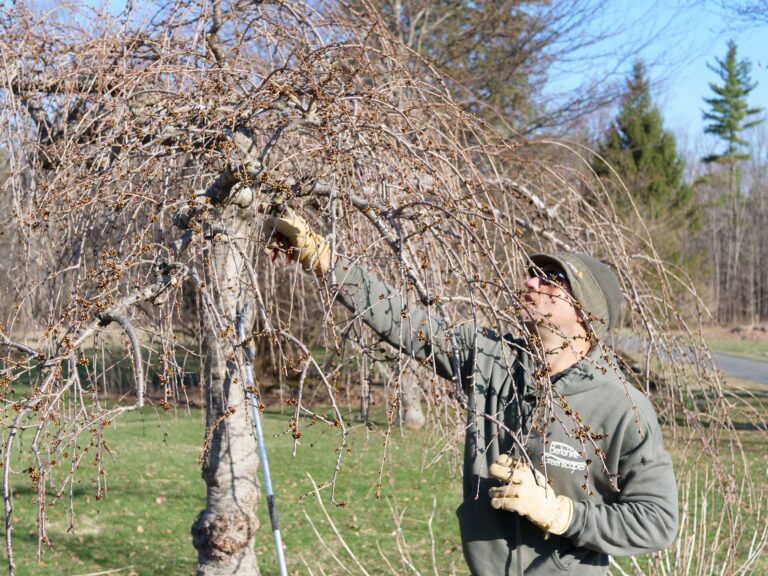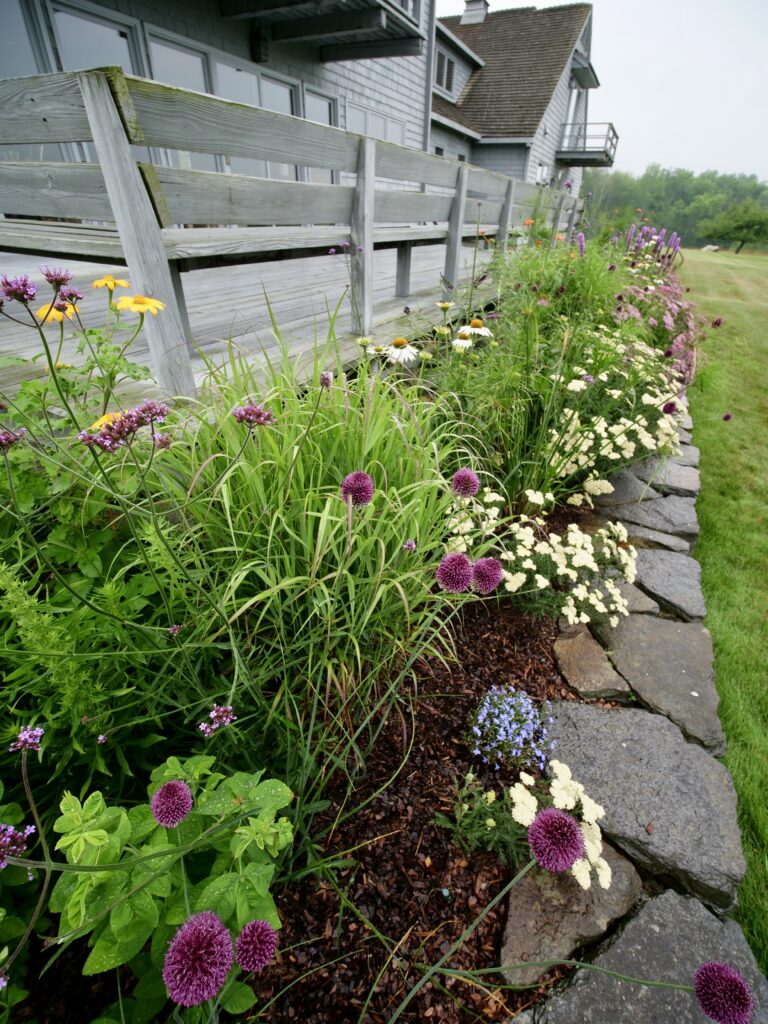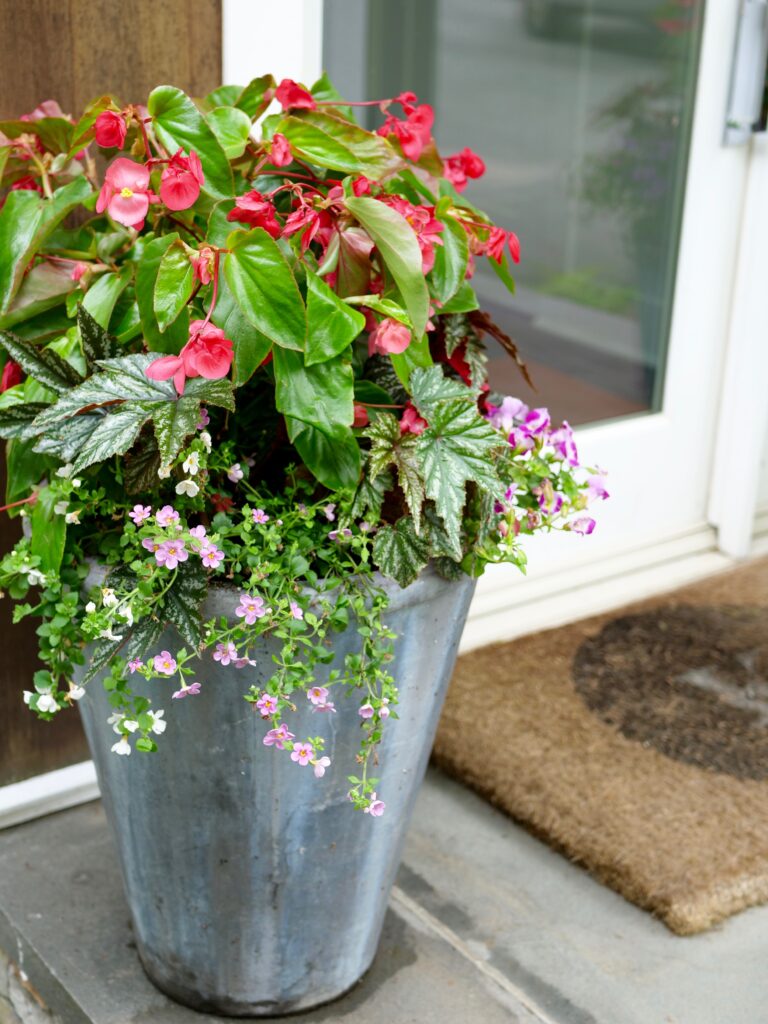In the Spring, We Prune. Here's 10 Tips to Help You with Your Spring Pruning!
Pruning Tip #1
Remove dead branches! Hint: You can if a branch is dead by gently scraping the bark away from the branch to see if it is green underneath. If not, give it a snip!
Pruning Tip #2
Clean cuts are always best. Avoid ripping away any branches and instead use sharp pruners to make close and clean cuts
Pruning Tip #3
Speaking of cleaning—clean your pruners! We’ve heard horror stories of unintentionally transmitting fungus to innocent trees.
Pruning Tip #4
With all pruning, aim to keep the shrub in its original shape and integrity, so keep up with the sucker branches that come out before they get out of control!
Pruning Tip #5
One of the “three C’s” of pruning is crossing. On fruit trees in particular, you don’t want any crossing branches because you want the light to get inside the middle of the fruit tree. But on other ornamental trees, sometimes crossing branches are ok.
Pruning Tip #6
Avoid flat cuts—if you are pruning the top of something, you don’t want a flat cut, because rain or ice could sit on top of that cut creating cracks or wounds in the shrub. Instead, aim for a 45 degree angle to decrease risk of creating wounds in the shrubs.
Pruning Tip #7
Not everything needs to be pruned. For instance, if you are trying to achieve screening with something like rhododendrons, you don’t need to prune them.
Pruning Tip #8
Not sure what to take off and where? Many times the shrubs will be lopsided and you’ll see more growth on one side as opposed to the other. Usually most growth will be off of the south side of the shrub (or southwest). Make sure not to take too much off of the opposite side (with less growth!)
Pruning Tip #9
If you plant something in the fall that is one of the first blooming things in the spring, don’t cut it right away because you might cut the flowers off—wait until it is blooming or after, to isolate anything needing pruning.
Pruning Tip #10
In fact, for nervous pruners, an all around safe bet is to prune something when it is blooming—this way you know you are not taking off any flowers, and then you can get cut flowers as a result!
BONUS!
All shrubs are different… do some research to guide your pruning cuts on each unique kind of shrub. Here’s a great example of pruning a Weeping Cherry Tree from Generoso of Berkshire Greenscapes.


